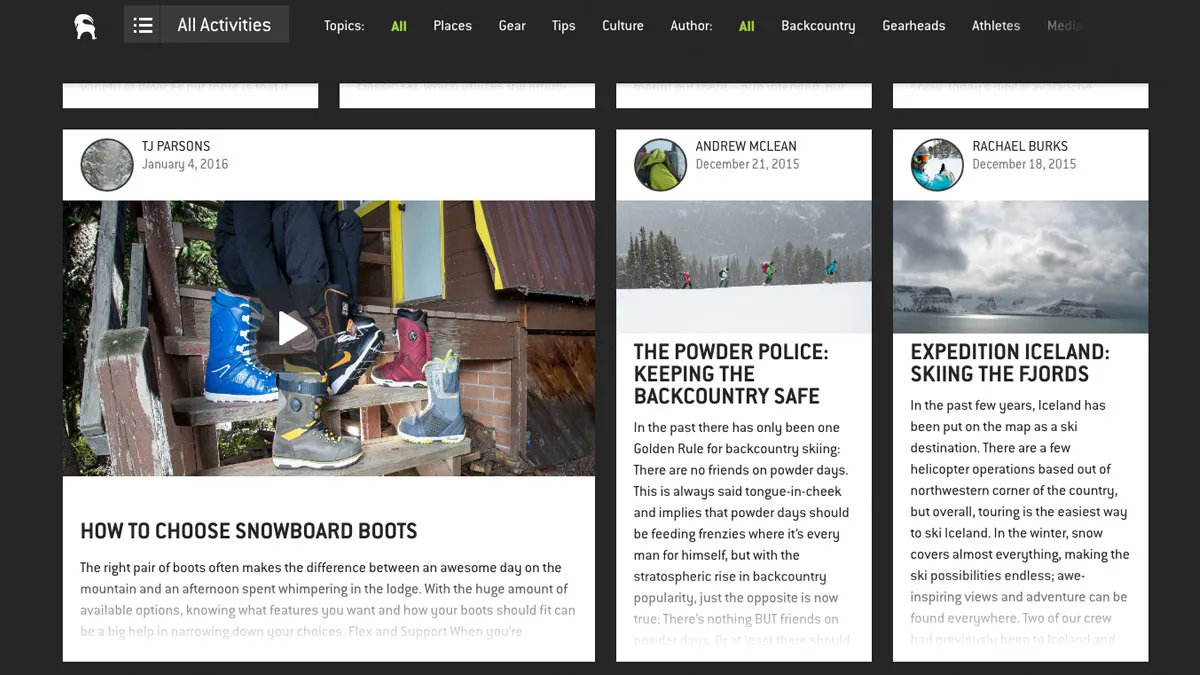Tone it up
When you think of establishing the look and feel of your brand, what comes to mind? Is it some sort of roundup of logos, type treatments and photo assets—compiled in a handy, 60-page document? A style guide that communicates provides direction for a team of graphic designers? The half answer is: yes. Visual expression is a key part of your branding efforts, no doubt. But it’s also just one of two essential ingredients that make up your brand’s identity.
The other? Verbal expression. Or, in more common terms: tone of voice.
What is tone of voice?
Branding is all about having a look and feel that’s consistently and easily identifiable. Logomarks and typography, for instance, are recognizable design symbols that quickly communicate core elements of a brand without having to say much.
But what happens when you DO have something to say in a phone call, an email or a print ad? Do you know what your brand sounds like? Do you know what kind of vocabulary to use? Is it calm and approachable? Or is it rugged and informal? The answers to these questions affect how you communicate; how you ensure consistency across all channels; and how you build your tone of voice guidelines.
How to use tone of voice guidelines
Unlike the toolbox of visual design elements that might only be used by a few select marketers and graphic designers, your brand tone of voice is a tool that everyone in your company uses on a near daily basis. Emails, blog posts, customer service phone calls: no channels or employees are off-limits when it comes to putting your brand’s tone of voice in play.
Tone of voice guidelines are designed to help ensure your brand and its employees are speaking to your customers in the “right” way—an important topic to wrangle, especially in a generation where everyone has the power to be a content creator and speak on behalf of your brand. (And no amount of special effects or photo filters can improve communication when words are failing.) Even more, the bulk of today’s brand communications happen online, where non-verbal cues and expression lose their relevance, requiring even stronger and clearer directions for communicating.
What's in a tone of voice guideline?
A tone of voice guideline is not a prescriptive rulebook that tells what to speak or write. Rather, it’s a set of recommendations that offer ideas on how to speak or write. (That said, guidelines do often provide general rules on how your company addresses grammar and sentence structure.) The best guidelines provide examples, tips and tricks on how to achieve—and how not to achieve—your brand voice.
While it’s meant to be an internal document, what results from following tone of voice guidelines is a cohesive collection of external content that resonates with your brand. Take, for instance, the retailer Backcountry.com whose language on its website, social media pages, customer service emails, advertising and just about every other touch point maintains a voice that reaffirms Backcountry.com’s distinct values, traits and personality.
We might not have a copy of their tone of voice guidelines, but we can make a pretty safe assumption that Backcountry.com’s whole team—which includes multiple campuses across different cities—understands how to speak “Goat” because of a few well-documented pointers. And when you’ve developed such a tight vocabulary that you can put a name to your own language and dialect, you’ve earned a distinct spot among the top tier of successful brand advertising.




